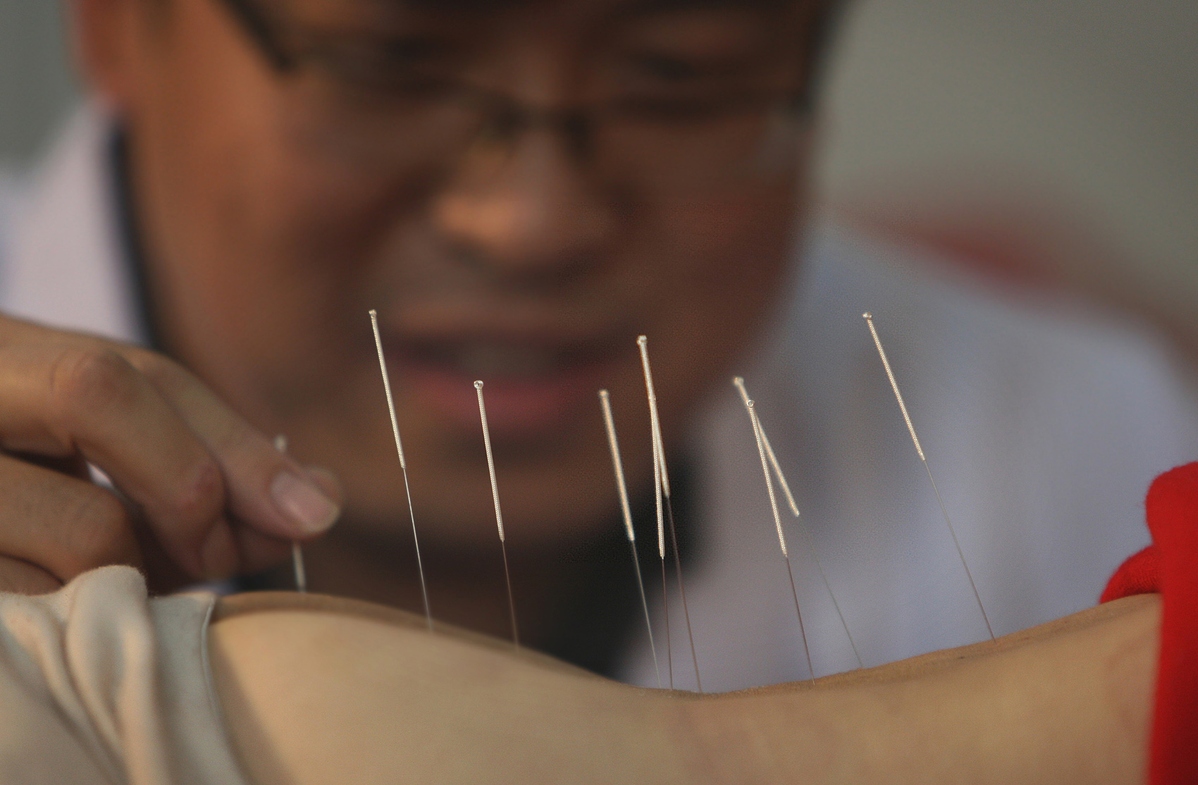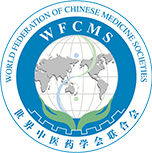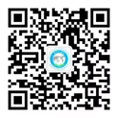Chinese youth fuel health and wellness trends with TCM

Urban youth are bringing a resurgence to Traditional Chinese Medicine (TCM) practices. They are embracing techniques such as sunbathing the back, moxibustion, and gua sha as part of modern wellness, reviving age-old traditions.
Trends like back sunbathing and the soaring popularity of sanfu patches showcase the enthusiasm young people have for TCM. The trend has taken hold online, resulting in thriving online communities focused on moxibustion and TCM wellness.
This resurgence extends beyond health awareness; it's about cultural reconnection. TCM practices resonate with young individuals seeking to embrace their heritage through time-honored methods.
Market-wise, data from the "Generation Z Nutritional Consumption Trend Report" by Xinhua News Agency reveals that young people are emerging as key players in wellness spending.
On average, each urban resident spends over 1,000 yuan annually on health and wellness, with the 18 to 35 age group contributing a significant 83.7 percent of that spending. A report by the China Business News Data Center supports this, indicating that over 90 percent of the post-90s generation already possesses wellness awareness, and more than half of them are actively pursuing wellness practices.
Furthermore, in the wellness sector, the younger demographic showcases both a heightened health consciousness and strong purchasing power. This has led established traditional Chinese medicine brands to prioritize their brand image and to explore strategies for appealing to the younger generation.
Cheng Jie, the President of Dong'e Ejiao Co, China's largest donkey-hide gelatin producer, recognized the trend at the 2023 Western Silk Road Summit - Health Industry Capital Forum, pointing out that today's young people possess a strong sense of national confidence and pride, fostering a high level of trust in national brands.
"We share the story of Dong'e Ejiao with young people, while also using modern technology and evidence-based medicine to prove the efficacy of our products. This branding process is crucial, as young people are gaining a new understanding of heritage brands, gradually brewing a national trend," Cheng explained.
Due to distinct lifestyles, young people have their own wellness preferences. Taking the example of ejiao, there are over 410,000 notes on the topic on Xiaohongshu (Little Red Book). Young individuals tend to favor convenient forms such as ejiao beverages and ejiao cakes, which offer enhanced taste compared to traditional ejiao blocks. Data from the 2019 Singles' Day shopping festival showed that among consumers of drinkable ejiao products, 60 percent were from the post-90s and post-00s generations. Currently, there are around 270,000 notes about ejiao cakes on Xiaohongshu.
In essence, TCM is experiencing a renaissance driven by the young. This revival encapsulates more than a wellness trend; it symbolizes the fusion of tradition, health, and contemporary values, creating a bridge between generations and modernity.

